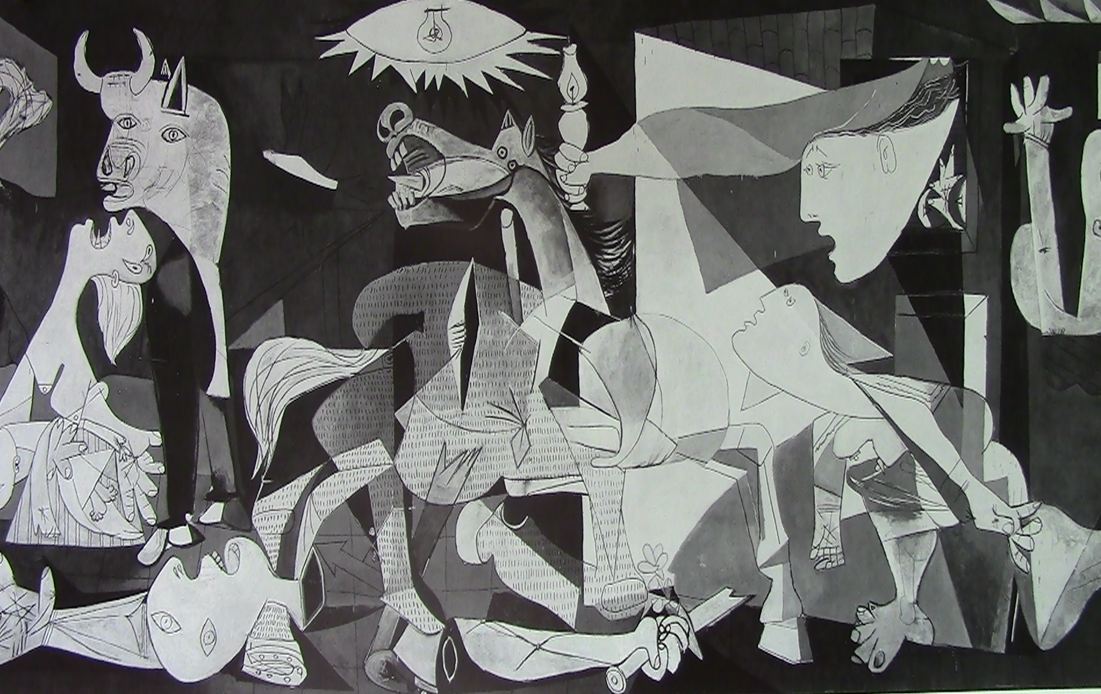Disclaimer
What is an Invention?
Detecting an Invention
- Internalize what constitutes an invention
- Identify when/where to look for inventions
- Seek help from technical/business leaders to identify potential inventors
- Inventors may not always identify themselves
- Recognize that a patentable invention may be:
- A completely new concept, or
- An improvement, or
- A new application of an existing technology
- Identify potential inventions
- Look for unsolved problems
- Look for poorly solved problems
- Don’t test for patentability yet, but:
- A qualified non-inventor and/or a patent coach should review the invention
- Summarize the problem/solution as input to an IP Disclosure
Preparing an IP Disclosure
• No friendship
• No customer sensitivity
• No politics
• No intentional exclusion
• Problem Statement
• Solution Statement
• Drawings
• Compare and Contrast
• Value to ORGANIZATION
• Workaround Strategy
• The invention can’t be kept secret• The invention can be easily discovered or reverse engineered by others• Natural course of development• The invention will end up in the marketplace• Market protection is important
When to make the IP a Trade Secret?
• Very critical to core business• Breakthrough invention• The invention can be kept secret• Independent discovery by others is not likely
Key Patentability Requirements
• Machine
• Article of Manufacture
• Composition of Matter
• Process
(or any improvement thereof, including software & business methods).
What can’t be patented are: Abstract ideas, Mathematical formulas, algorithms, and Source code; e.g. Pythagorean theorem cannot be patented: a2 = b2 + c2 but a machine that uses the Pythagorean theorem to bend steel rods into desired shapes is patentable
Examples of Patents:
This is a very low standard.
The invention must do what it says it does. This basically, challenges outlandish claims, things that are proven impossible, or unlawful such as Cure for cancer, Perpetual motion machine, atomic weapons.
Not previously known or used in the US and not previously patented or published anywhere and not invented by someone else, not in commercial use, not sold to anyone, not offered for sale to anyone.
Note: The actions of the inventor can lead to improper disclosure and the loss of patent protection
In addition to Novelty, a patentable invention must be non-trivial, involve substantial ingenuity and not be described in a combination of 2 or more references.

Long-felt need and commercial success may support non-obviousness. Please note that the inventor is in the worst position to determine obviousness; to the inventor, an invention is always obvious.
Written description of the patent application must show that the inventor is in possession of an invention.
The patent application must enable a person skilled in the art to make and use the claimed invention "without undue experimentation".
The inventor’s favorite "embodiment" must be disclosed.
Creating an IP Disclosure
First, discover if your organization has an IP Office and learn their process for submitting and IP Disclosure.
I have used the tools that were available to me at EDS, HP, and GM and recommend the following steps:
- Create a Microsoft Teams channel for that IP
- Create a OneNote document inside that channel to capture the IP
- Create one tab within OneNote that contains all the required IP submission headings that ANAQUA expects.
- Invite co-inventors – if applicable – to join that channel
- Conduct regular brainstorming and collaboration meetings with other co-inventors to flesh out the IP.
- Create a System Diagram that shows all the main elements of your invention; I used MS Visio as well as MS PowerPoint for that purpose. (Each disclosure required at least one diagram which helped the Patent Attorney's to draft the Application.)
- Fill-in the required IP submission headings in the corresponding OneNote tab as meetings progress.
- Once satisfied with the results, populate the required fields in the submission form of ANAQUA with the corresponding text in the OneNote tab.
- Do not spend much time on patent search since it is complex and non-trivial and as an inventor, I was not required to conduct extensive searches. Furthermore, using search engines or AI systems can alert competitors, which you would want to avoid.
IP Disclosure Funnel
USPTO Actions
Patent Sites
Free Patents Online
• FPO IP Research & Communities


































